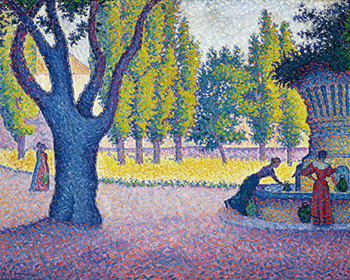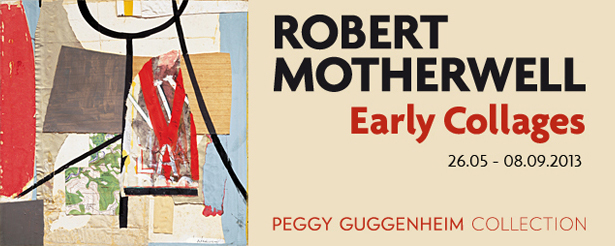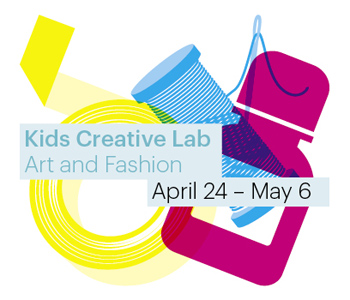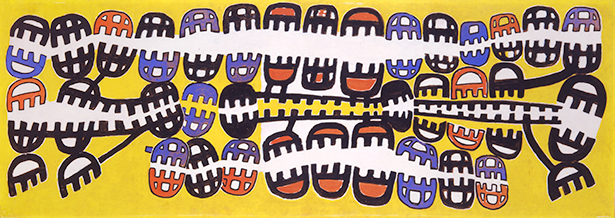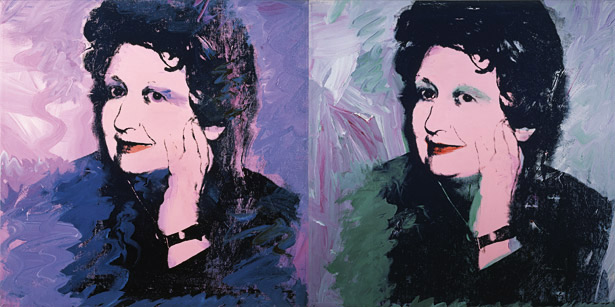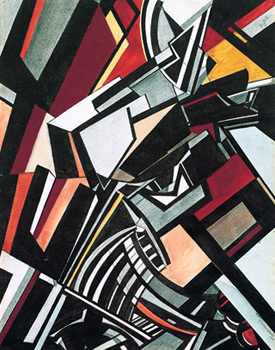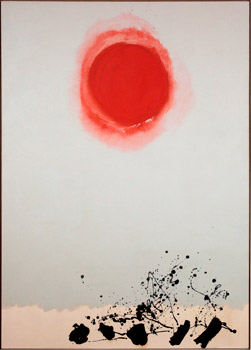ROBERT RAUSCHENBERG
GLUTS
May 30 – September 20, 2009
701 Dorsoduro
30123 Venice
ITALY
phone +39 041 2405411
fax +39 041 5206885
email info@guggenheim-venice.it
Both the Solomon R. Guggenheim Foundation and the city of Venice figure importantly in Rauschenberg’s career. In 1963, Lawrence Alloway, then curator of the Guggenheim Museum New York, organized the exhibition Six Painters and the Object, which included six works by Rauschenberg. In 1992 the Guggenheim Museum SoHo presented Robert Rauschenberg: The Early 1950s, curated by Walter Hopps for the Menil Collection, Houston, Texas. In 1997–99 the Guggenheim Museum, led by Thomas Krens, organized the most important retrospective of Rauschenberg’s career, Robert Rauschenberg: A Retrospective, in three venues in New York. The retrospective was curated by Hopps and by Susan Davidson (co-curator of this exhibition), and travelled to Houston, Cologne, and the Guggenheim Museum Bilbao, Spain. The catalogue for Robert Rauschenberg: A Retrospective has assumed the status of a canonical text. On that occasion, the Guggenheim Foundation and the Guggenheim Museum Bilbao jointly acquired Rauschenberg’s monumental early work Barge (1962¬–63), the largest of his silkscreened paintings.
In 1964 Rauschenberg was awarded the Grand Prix for Painting at the 32nd Venice Biennale—an event that established his reputation internationally. By winning the Grand Prix at the age of 38, Rauschenberg interrupted the post-war sequence of prizes awarded to elderly European masters of the pre-war. In 1975 Rauschenberg returned to Venice for a month-long show in Cà Pesaro, the city’s modern art museum. In 1996 he was invited to exhibit three bodies of work on the Island of San Lazzaro degli Armeni, including a collaboration with Darryl Pottorf. Robert Rauschenberg: Gluts, thirteen years on, is therefore the artist’s fourth show in this city, and the first posthumous homage.
Of the Gluts series, Susan Davidson, Senior Curator for Collections & Exhibitions at the Guggenheim Museum New York, relates that Rauschenberg’s artistic attention in the 1980s turned toward an exploration of the visual properties of metal. Rauschenberg’s first body of work in this new material was the Gluts. The series was inspired by a visit to Houston on the occasion of Robert Rauschenberg, Work from Four Series: A Sesquicentennial Exhibition at the Contemporary Arts Museum. In the mid 1980s, the Texas economy was in the throes of a recession due to a glut (or surplus of supply) in the oil market. Rauschenberg took note of the economic devastation of the region as he collected gas-station signs and deteriorated automotive and industrial parts littering the landscape. Upon his return to his Captiva, Florida, studio, he transformed the scrap-metal detritus into wall reliefs and freestanding sculptures that recalled his earlier Combines. Asked to comment on the meaning of the Gluts, Rauschenberg offered: “It’s a time of glut. Greed is rampant. I’m just exposing it, trying to wake people up. I simply want to present people with their ruins […] I think of the Gluts as souvenirs without nostalgia. What they are really meant to do is give people an experience of looking at everything in terms of what its many possibilities might be.”
The exhibition is curated by Susan Davidson and by David White, curator for Robert Rauschenberg. A fully illustrated catalogue, published by Guggenheim Publications, in English and Italian, includes an assessment of Rauschenberg’s work as a sculptor in relation to the artist’s long engagement with performance by noted author and painter Mimi Thompson. Additional texts include an introduction by Susan Davidson that examines the stylistic development of the Gluts, an excerpt of choreographer Trisha Brown’s accounting of Rauschenberg’s save-the-day spirit, when her dance set was lost in Italy and his stand-in décor later evolved into some of the Neapolitan Gluts on exhibit, and an illustrated Exhibition History.
The exhibition benefits from the support of the Regione del Veneto and of Intrapresae Collezione Guggenheim. Additional support has been received from Art Forum Würth Capena, Aperol, Hangar Design Group. Radio Italia and Corriere della Sera are media partners for the exhibition.
ROBERT RAUSCHENBERG: GLUTS
May 30 – September 20, 2009
Opening hours: daily 10 am to 6 pm (closed on Tuesday and December 25)
Entrance: euro 12; euro 10 seniors over 65 years; euro 7 students; free 0-10 years
Peggy Guggenheim Collection
701 Dorsoduro
30123 Venice
ITALY
Phone +39 041 2405411
Fax +39 041 5206885
Email info@guggenheim-venice.it
Press Office:
Peggy Guggenheim Collection
Tel. +39 0412405404/415; press@guggenheim-venice.it

